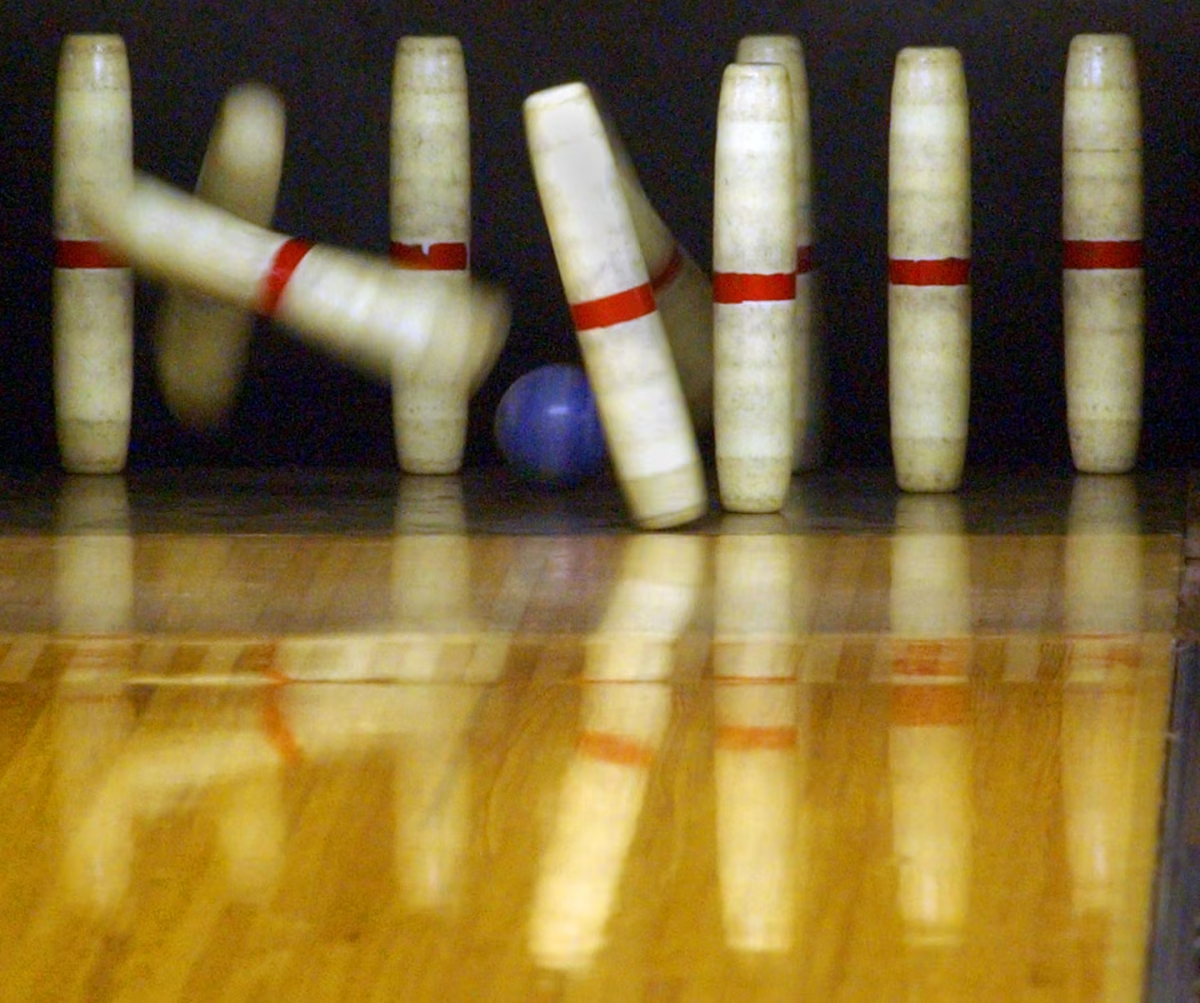
Army crawling backwards over rocks and mud 100 feet underground, I couldn’t help but wonder how I had gotten myself into my latest predicament.
Really, how did I end up in a pitch black cave, underground, squeezing myself into tiny spaces?
And then I remembered how: my best friends.
See, last year my two best friends picked up caving (also known as spelunking) as their newest hobby. To say I was surprised would be an understatement. But after hearing them talk about how awesome it was for a year, I was curious about this strange hobby, and when one of them started dating someone who regularly leads beginner trips into caves, I figured I would give it a try.
This brings me back to how I ended up spending my Sunday afternoon in Clarksville Cave in Clarksville, N.Y., with the University of Connecticut outing club.
I won’t lie, standing at the mouth of the cave, next to an approximately four-foot wide hole that descends into the ground, I was starting to wonder if this was a good idea; the longer I stared at the entrance, the less it seemed like one.
After watching five members of the group of eight people drop into the hole, I sucked it up and dropped myself into the abyss.
Sliding down the tight opening passageway, the cave opened up into a large cavern, tall enough that even the 6-foot tall boys could easily stand up. The air temperature dropped to a cool 52 degrees, and nothing could be considered dry.
Then everyone turned their lights off.
There was nothing. Not a spec of light reached the tunnel. I couldn’t see the walls of the cave, the person next to me or even my hand in front of my face. It’s darkness unlike anything you’ll experience outside.
“This is cave darkness,” explained the guide. “Down here, your eyes will never adjust because there is no light for them to adjust too.”
We went over the standard safety talk. Once that was finished, we were allowed to start exploring the cave.
Like most caves in the Northeast, the Clarkesville cave is a Limestone cave that was carved out by a stream that still runs through it. There are about 4,800 feet of passages, some of them as big as an averaged sized hallway, others so small that you need to army crawl and suck in to get through them.
And it is worth noting, that caves are extremely muddy, wet places.
In parts of the cave, in order to keep going, you essentially have to walk in the stream. In other parts of the cave, in order to press onward you have to emerge yourself chest high in the stream, which stays a consistently frigid 43 degrees.
As someone who has gone swimming in iced over lakes in January, I can say it was the coldest water I have ever been in.
It sucks the breath out of you.
After a dip, we continued to crawl through the cave, taking a slightly different passage back. This passage was smaller than the initial passage we went through and partially flooded in places.
It is also the place where I realized my clothes had come to die. The shirt I wore will never be the same shade of green ever again, and I am throwing away my jeans. It isn’t worth the price of laundry.
Despite my ruined clothes and 20-something bruises that are currently making it difficult to walk, the trip itself was worth it.
The mud covered rock formations were beautiful, something I thought I would only see on a National Geographic special. The small bat that desperately clung to the top of the cave as we went by was adorable. The feeling of accomplishment (and relief) that came from maneuvering myself out of places I thought I was going to stay in forever was empowering.
And most of all, there is just a rush that comes from going somewhere and doing something that most people don’t get to do.
As for doing it again, I am going to wait until my bruises go away before I decide if it was an experience I feel the need to repeat.
Katie Landeck can be reached at [email protected].














